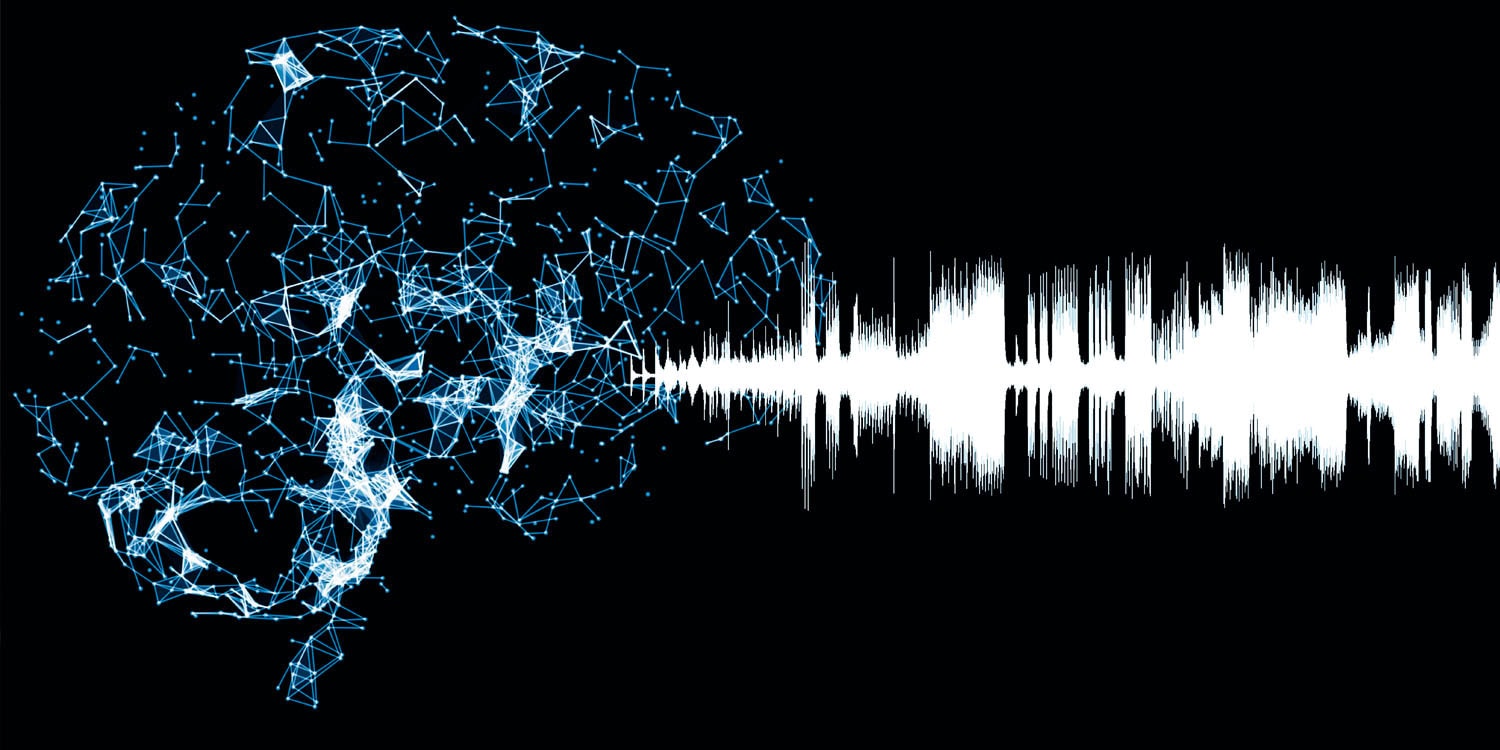New research reveals that the brains of both sighted and blind individuals adapt similarly when learning to use sound echoes for navigating the world without vision. This groundbreaking study, published in Cerebral Cortex, is the first to use MRI scans to examine brain activity in sighted and blind participants before and after training in echolocation. The findings suggest that the human brain has a remarkable capacity for adaptation, regardless of visual ability.
The human brain’s ability to reorganize and adapt in response to new experiences, known as neuroplasticity, has been a topic of interest in neuroscience for decades. However, most studies have focused on how higher-order sensory areas adapt, leaving questions about primary sensory areas like the visual cortex and auditory cortex unanswered. The scientists behind the new study sought to understand whether the same neuroplastic changes could be observed in both sighted and blind individuals when learning a new sensory skill, such as echolocation, within a short period
“Echolocation is a fascinating skill that can be learned and that allows us to understand the human brain’s capacity to adapt to learning new skills. It also has real life benefits for people with vision impairments,” said study author Lore Thaler, an associate professor at Durham University and head of the Human Echolocation Lab.
The study involved 26 participants, including 12 blind and 14 sighted individuals, who had no prior experience with click-based echolocation. The blind participants had varying degrees of vision loss, most of which occurred at birth or shortly after. The sighted participants had normal or corrected-to-normal vision.
Participants underwent a 10-week echolocation training program consisting of 20 sessions. Each session lasted 2 to 3 hours and included practical tasks such as size discrimination, orientation perception, and virtual maze navigation using echolocation. Participants also practiced navigating real environments using click-based echolocation under the guidance of an experimenter.
To measure brain activity and structure, all participants had MRI scans before and after the training program. The scans focused on two primary sensory areas: the visual cortex (V1) and the auditory cortex (A1). Researchers used an echo-acoustic spatial navigation task during the scans, which involved listening to prerecorded binaural echolocation sounds and making perceptual judgments about them.
The researchers found that both sighted and blind participants showed significant improvements in echolocation ability across all tasks. For example, the average time taken to navigate virtual mazes decreased from 104.1 seconds to 40.9 seconds for sighted participants and from 137.0 seconds to 57.23 seconds for blind participants. This improvement highlighted the effectiveness of the training program.
MRI scans revealed significant changes in brain activity and structure following the training. In the visual cortex (V1), both sighted and blind participants showed increased activity in response to echo sounds after training. This increase was significant in both the left and right V1 for the echo versus no-echo contrasts.
Specifically, the percentage signal change (PSC) in left V1 increased from -0.009 to 0.089, and in right V1 from -0.007 to 0.072. These findings suggest that V1, typically associated with processing visual information, can also process auditory echoes, demonstrating a form of cross-modal neuroplasticity.
Thaler told PsyPost she was particularly surprised by the fact “that the part of the brain that is considered primary visual cortex learns to respond to sound, and that it does so both in people who are typically sighted and in people who are blind.”
In the auditory cortex (A1), the right A1 showed increased activity for sound versus silence contrasts, with PSC increasing from 0.187 to 0.254 after training. Additionally, blind participants exhibited an increase in gray matter density in the right A1, whereas sighted participants did not show significant changes in this area. This indicates that the auditory cortex can undergo structural changes following echolocation training, particularly in individuals who are blind.
Whole-brain analysis revealed additional training-induced increases in activation in areas such as the superior parietal lobules, frontal cortex, and inferior parietal lobules. These regions are associated with enhanced attention and spatial processing abilities, suggesting that echolocation training not only affects primary sensory areas but also higher-order cognitive processes involved in spatial navigation and attention.
“Our research shows that there are remarkable neuroplastic changes in sighted and blind people’s brains in response to relatively short-term echolocation training,” Thaler said in a news release. “It shows how adaptable the brain really is, regardless of what sensory repertoire you have.”
“So rather than the primary visual cortex of blind people being different to that of sighted people, we’ve demonstrated that our brains actually respond in a similar way when echolocation is learned. It shows that no matter how old you are, if you experience sensory deprivation such as the loss of sight, if you practice, the brain will adapt to learning echolocation.”
While the study provides compelling evidence of the brain’s adaptability, there are several limitations to consider. The sample size was relatively small, and the study’s duration was limited to 10 weeks. It is possible that more extended training periods could yield different results, especially regarding the involvement of higher-order sensory areas.
Future research could aim to address these limitations by including larger, more diverse samples and exploring the effects of longer training periods. Investigating the neural mechanisms in congenitally totally blind individuals would provide deeper insights into the role of early visual experience in shaping brain plasticity.
Thaler hopes to “to raise awareness for issues related to vision impairment and to make echolocation accessible to everyone who wishes to learn it. At this point still very few people know about it or use it, and there are barriers to using as well as to accessing it.”
“For example, people often do not understand it, which results in lack of support for people using it or wishing to use it. There is also insufficient support and/or resource for people who want help learning this skill, or people who want help teaching this skill (e.g. vision impairment rehabilitation or habilitation workers).”
“You can see on my website that we also provide resources for training and we offer workshops that are free to attend: https://sites.google.com/view/humanecholocationlab/home/training-and-education.”
The study, “Changes in primary visual and auditory cortex of blind and sighted adults following 10 weeks of click-based echolocation training,” was authored by Liam J. Norman, Tom Hartley, and Lore Thaler.




